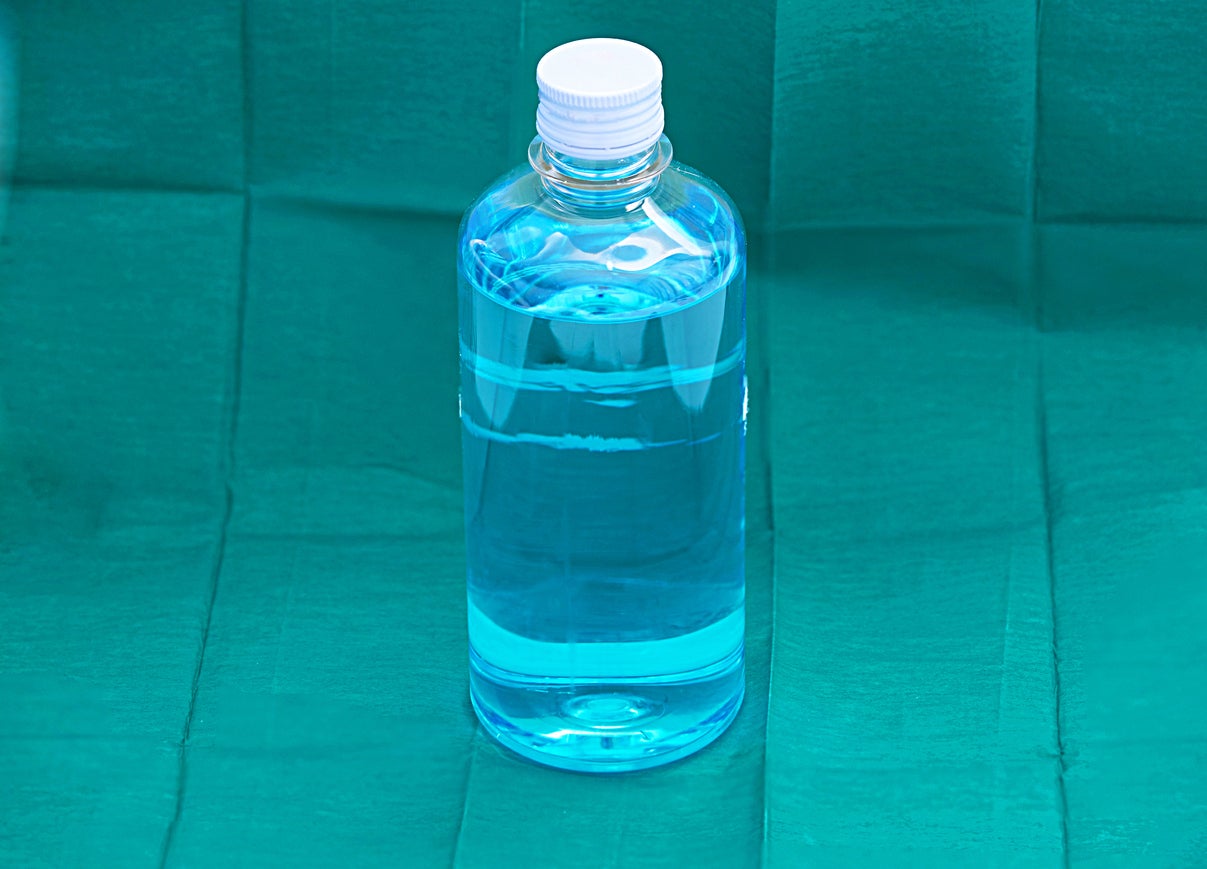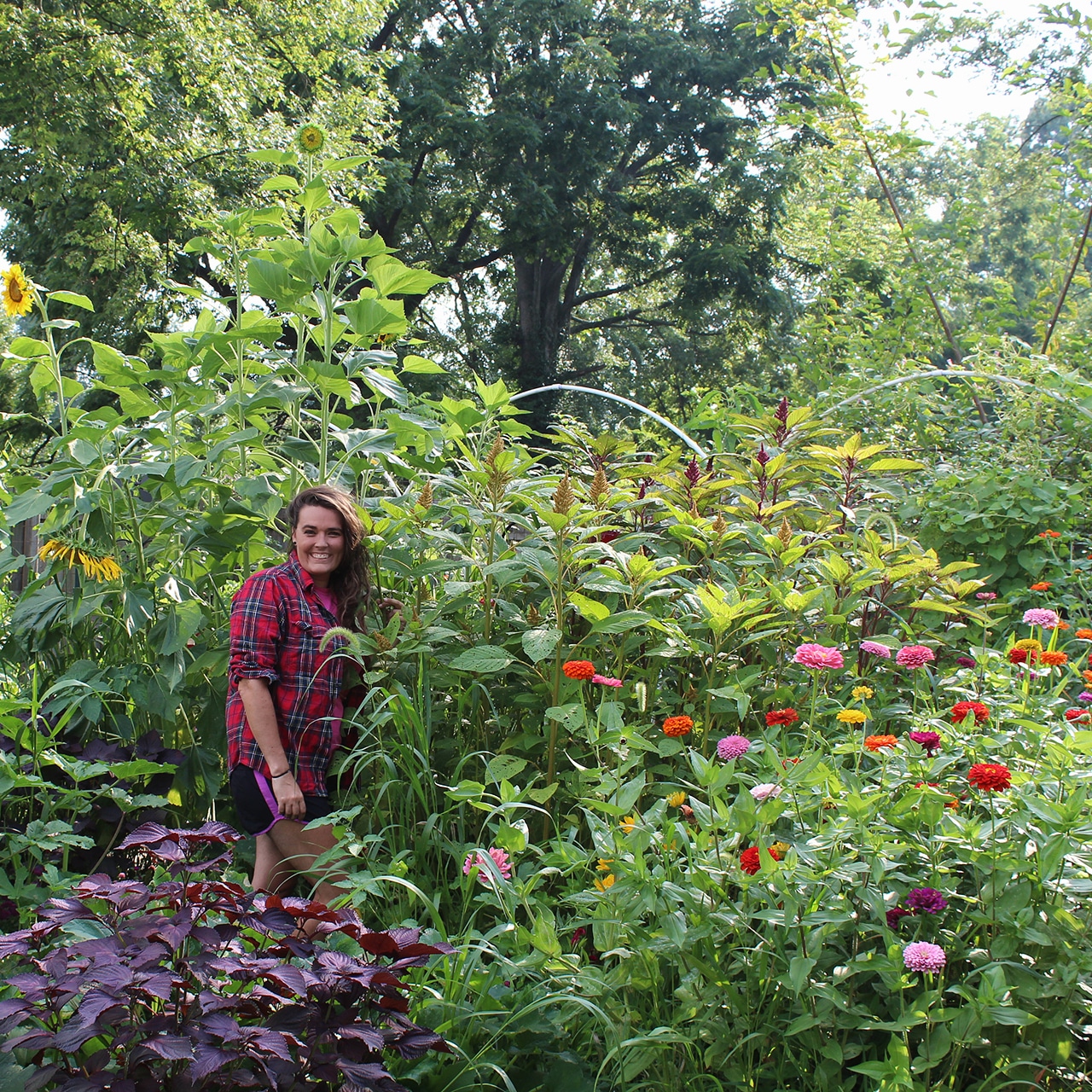Using Alcohol As Herbicide: Killing Weeds With Rubbing Alcohol


Each growing season vegetable and flower gardeners alike are frustrated by stubborn and quick growing weeds. Weekly weeding in the garden may help to decrease the issue, but some unruly plants are just harder to remove. With increasing information available online regarding the harmful effects of weed killers, growers are left searching for other solutions. From home remedies to landscape fabrics, exploring weed control options can be tiresome. However, some suggested methods for killing weeds may do more harm than good.
One method in particular, using alcohol as herbicide in the garden, beckons the question, “is it safe?”
Does Alcohol Kills Weeds?
Like many “home remedy” weed killers or “weed killer recipes” that can be found online, the use of rubbing alcohol for weed control has been popularized. While rubbing alcohol may be efficient in killing weeds sprouting through the cracks in concrete sidewalks, killing weeds with rubbing alcohol is not an ideal or realistic option for the garden.
In fact, among horticulturalists, the use of alcohol as herbicide is not recommended. While many household chemicals, like rubbing alcohol, will most certainly kill unwanted plants when used in excess amounts, it is important to remember that these same products will come into contact with the soil in your garden.
This, in turn, may negatively impact your garden ecosystem, as well as beneficial organisms and the “good” plants that you were trying to protect in the first place. Since rubbing alcohol will cause water loss in weeds, the same will also occur should it come into contact with other garden plantings. Plants that have been damaged by high concentrations of rubbing alcohol will begin to brown and, eventually, die back to the ground.
Before using any chemical or other product as a means to reduce weeds in the garden, it is vital to first research its possible impact. While the use of rubbing alcohol for weed control may be suitable in some unique situations, it is likely that the cost of doing so will greatly outweigh the efficacy.
If you’re looking for safer alternative options, then consider more organic approaches to weed control. Keep in mind, however, that even some of these may have drawbacks, so again, research the best option for your particular situation.
Sign up for the Gardening Know How newsletter today and receive a free copy of our e-book "How to Grow Delicious Tomatoes".

Tonya Barnett has been gardening for 13 years. Flowers are her passion. She has transformed her backyard into a cut flower garden, which she regularly chronicles on her YouTube channel http://www.youtube.com/@tonyawiththeflowers.